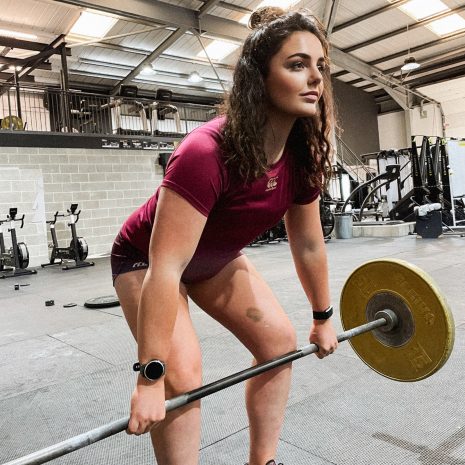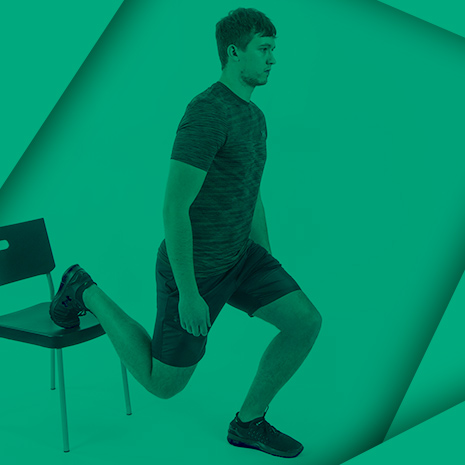We have teamed up with esteemed Chartered Physiotherapist, Neil Aitken to give you high-quality information on the most common Rugby injuries and how to best recover from them. If there’s a particular injury you’d like us to cover with Neil’s help, get in touch with us on social media (Facebook | Twitter).
What Is The Achilles Tendon And How Is It Injured?
The Achilles tendon joins your calf muscle to the heal bone. It acts with the calf when you push up onto your toes. This action becomes more forceful when you push off to start to sprint. It is at this time when the tendon may be injured due to the high levels of force placed through it. This also applies with jumping, pivoting and sidestepping.

It is possible to either partially or fully tear your Achilles tendon. If you heard a pop/snap and felt like you were hit in the back of the leg by something then it is likely you have a full tear. If this is the case you may have experienced a sharp pain at the Achilles at the time of the incident, which subsided to a dull ache or even no pain at all afterwards. You will struggle to walk on that side, will find it hard to go up stairs and may be unable to push up onto your toes.

A partial tear is more likely if you had a sharp pain but didn’t hear a pop/snap. It will be sore to walk but you can still weight bear on that side.
How To Treat The Achilles Tendon Once It Is Injured
It is vital to have your injury assessed. If you think you may have ruptured your Achilles tendon then you should go to A&E immediately. A test that they may perform is the ‘squeeze test’ where you lie on your front and they squeeze your calf muscle. If the tendon is intact your foot will move. If it is ruptured the foot will stay still when they squeeze your calf.
Non-Surgical (Conservative) Treatment
If you are not generally active the Achilles injury may be treated conservatively by placing your lower leg in a cast. This will be for 6-8 weeks and it will be taken off and changed a few times over this period so that they can alter the angle of your ankle as the tendon heals. Once the cast is no longer required you will start a graded strengthening and stretching program. This is a vital stage in the healing process as you gradually expose the tendon to higher forces. Non surgical treatment has a higher risk of re-rupturing the Achilles so if you are a rugby player and therefore active it may be more likely that they will suggest surgical treatment.

Surgical Treatment
The ruptured tendon will be repaired surgically and your lower leg will then be placed in a cast or brace for 4-6 weeks. Once removed you will start a graded rehabilitation program. It is critical to work hard at these exercises to lower your chance of re-rupturing the tendon at a later date. Higher level activity can generally begin at roughly 4 months but it may take up to a year for an athlete to return to the level of activity they were at prior to the injury. It is a long process but you should fully recover and be able to take part in all forms of sport again.
How To Treat Prevent An Achilles Injury
There is no research to show that stretching prior to exercise helps to avoid injury. It is more important to warm up well. The main prevention is to ensure that your calf is strong and flexible. Your gym training should include calf raises and plyometric exercises (bounding/jumping). After a workout you should stretch your calf and use a foam roller.

About the author
Neil Aitken is a Chartered Physiotherapist with a private clinic in Edinburgh. He has previous experience as a senior physiotherapist in the NHS and provided physio for one of the top amateur rugby teams in Scotland. He is highly evidence-based having completed a Post Grad in Musculoskeletal Physiotherapy gaining membership to the MACP, one of the most highly respected qualifications within physiotherapy.
Website: http://www.neilaitkenphysio.co.uk/
Facebook: https://www.facebook.com/neilaitkenphysio/
Twitter: @aitkenphysio

Please note, this article is intended to serve as a guide for general information only. Injuries should be assessed by a qualified specialist such as a physiotherapist or doctor. When you sustain an injury, there are always complicating factors that may need to be assessed and addressed by a professional.




Comments